This is a basic sourdough bread, a recipe to start using and getting familiar with your sourdough starter. Vegan
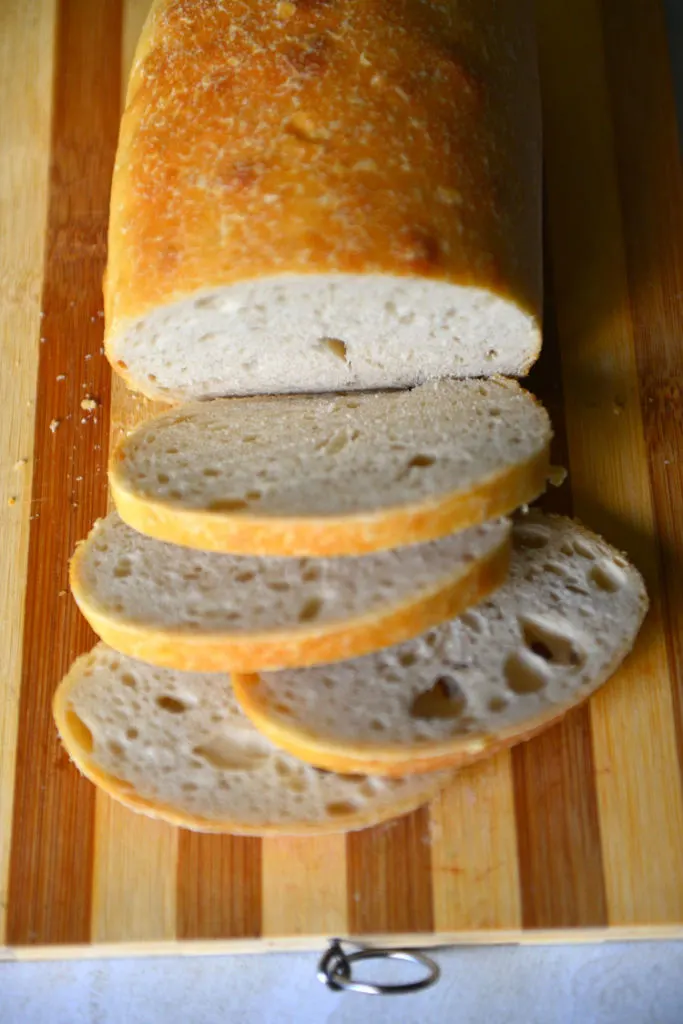
Here is a bread to make with the most common sourdough starter – the 100% hydration starter. Here is the recipe for this starter – basic sourdough starter.
This is one of the classic recipes that uses only 4 basic ingredients – flour, water, salt and yeast (in the starter). It adapts well to additions and can be made into a loaf, rolls , boule or any shape you wish . My favorite way is to bake it in a covered pot / Dutch oven, but it works well in a standard loaf pan too. However you choose to make it the end result will be absolutely delicious.
Ingredients
As I wrote above this recipe is made with just 4 ingredients – flour, water, salt and yeast. The key to great tasting bread is good quality ingredients and proper gluten development, while the texture of the bread depends on the baking and the gluten formation.
Flour
To get breads with airy crumb bread flour is recommended. Bread flour has higher protein content compared to all purpose flour. That said often many premium all purpose flours have good enough protein content to make great breads.
For comparison bread flour usually contains 12% to 14% protein while All purpose flours contains 11% or less protein. A loaf made with all purpose flour with 11% protein content (ex. King Arthur AP flour in the US ), will give you almost as good results as one made with bread flour
I would also recommend using flour that is unbleached and unbromated. Bleaching is a natural process that all flour go through in the process of aging. In bleached flour chemical agents are used to speed up this process, thus reducing the processing time and cost.
Bromate (usually Potassium Bromate) is added to flour as an improver. It helps to strengthen the dough leading to the coveted tall loaves of bread. Many countries have banned the use of bromate/s and organic practices do not allow for it either.
Bread flour has higher protein content making it better for breads. Use unbleached and unbromated flour whenever possible
Salt
As a standard rule the amount of salt added is around 2% of the weight of flour. I tend to use sea salt more often. If you are watching the sodium intake reduce the salt by half, but do not leave it out. Salt strengthens the gluten structure so leaving it out altogether will lead to a flatter loaf.
Water
Water is critical for gluten development as well as flavor distribution. It is water that evenly disperses the yeast and salt (and any other flavoring that you add) into the dough. Use lukewarm water for this dough. If water in your area is heavily chlorinated or hard use filtered water.
Yeast
The yeast in this recipe comes from the starter. Use starter at its peak for more predictable results. That said starter that has slowed down (bubbled have died down) can be used as well, as long as it has not completely lost all yeast activity. When using deflated starters it will take longer for the bread to rise.
Making the bread
Just like the ingredient list the method also is very simple and straight forward. Mix everything, rest, knead, rise , shape and bake.
Mix and rest
In a large mixing bowl (or in the stand mixer bowl) add the sourdough starter, flour, salt and water. Mix gently till all the flour is mixed in, knead for 1 minute if necessary. Cover and let rest for about 20 minutes (first 5 pictures in the collage below).
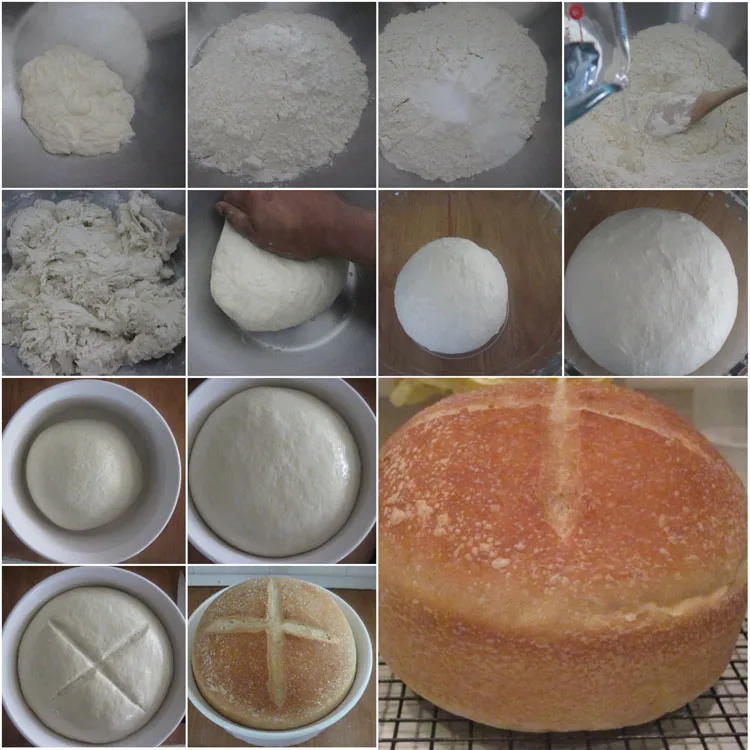
Knead
Uncover and knead the dough for about 10 minutes. Add more flour only if the dough feels too sticky. As you knead the dough becomes more soft and pliable. Remember when it comes to bread dough a little wet is preferable to dry. Perform a windowpane test to determine if the dough has been kneaded enough.
Windowpane test
Windowpane test is used to determine if the dough is kneaded enough. Here is how you do it. Take a small golf ball / lemon sized dough. Hold it between the thumbs and fingers of both hands and stretch gently and evenly in all four sides into a rough rectangular shape. The dough should stretch without tearing. Hold this film of dough against a light source and it should filter the light through. If you try to do it fast the dough will tear rather than stretching, so be careful as you stretch it out. If it tears on a slow stretch it needs to develop more gluten, knead for a few more minutes and try again
Rise
Form the dough into a ball and transfer to a lightly oiled a bowl cover and set aside. This is your first rise or bulk ferment. The yeast goes to work eating the sugars in the dough and release CO2. The CO2 is trapped in the gluten structure making the dough visibly puff up. We are looking for the dough to become double it original size.
Dough made with wild yeast starters like Sourdough starter take longer to rise. Of course, you can keep it in a warm place to speed up rising, but it will still take longer than its commercial yeast counterpart. This dough will take anywhere from 2 to 4 hours to double when left at room temperature. Alternately it can be kept in the fridge for 12 to 24 hours to rise. The longer rise will yield a more flavorful bread. If the dough is in the fridge, take it out and let it come to room temperature (about 30 minutes or so) before proceeding to the next step.
Shape/second rise
Punch down the dough and knead lightly for a minute. Form the dough into the shape you like. The amount of dough will be good for an 81/2″ X 4 1/2″ loaf pan with may be a bit leftover for a bun. I like to make these into free form rolls or boules. Here I have used a 7 inch round casserole dish to make a round loaf.
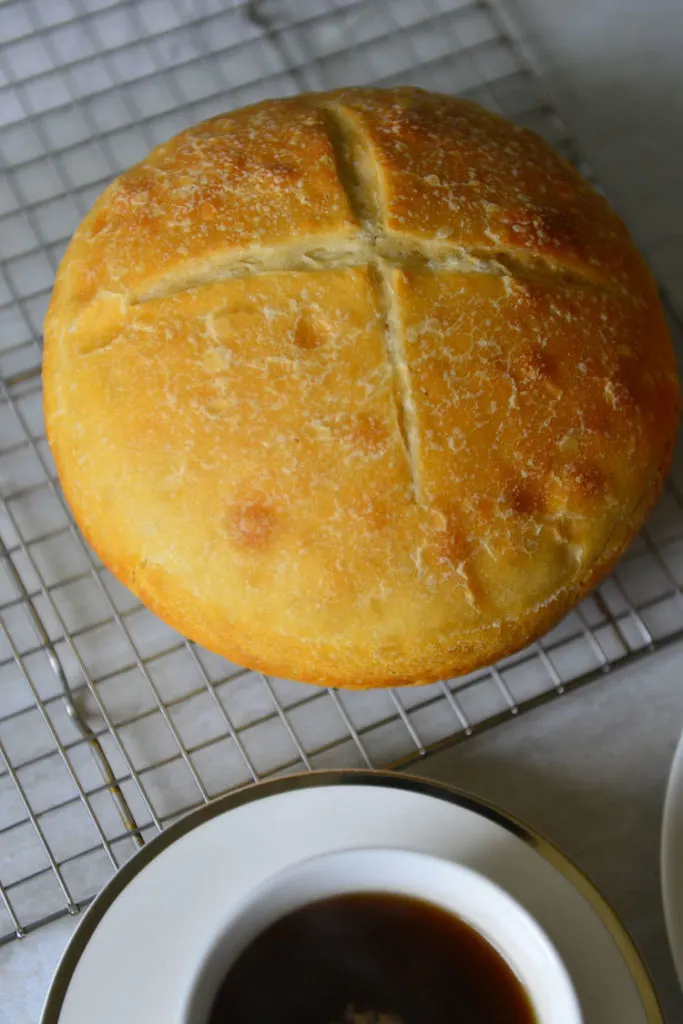
Let rise for around 1 hour till the dough is almost doubled. Again, the it takes longer than the packaged yeast. As a rule of thumb, the second rise will take roughly half the amount of time for the first rise. To determine if it has risen enough gently poke a finger on the side of the risen dough. Do not make a hole, just an impression is all we need. If the impression remains once you take your finger out and slowly bounces back then the dough is ready for the hot oven, otherwise let it rise for few more minutes.
Bake
When almost ready to bake, preheat the oven to 400ºF (200º C). Just before transferring the dough into the oven score the top to help with even oven spring. Place in the middle rack and bake for 10 minutes. Reduce the temperature to 350º F (170º C) and bake for another 30 to 35 minutes or till done. If you are making rolls or smaller loaves the baking times will be shorter . Check the loaves earlier and adjust times accordingly.
The flavors will vary slightly depending on how mature the starter is. Regardless there will be marked difference in aromas and texture compared to packaged yeast bread.
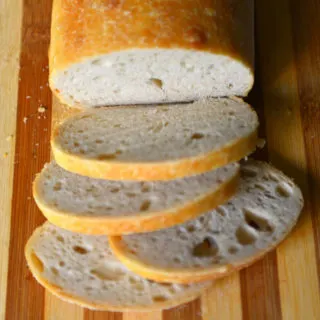
Basic Sourdough Bread
Ingredients
- 3 C Bread Flour (350g)
- 1 C Sourdough Starter (200g) See Notes
- 1 1/4 Tsp Fine Sea Salt 8 g
- 1/2 C + More Water (125g)
Instructions
- Add the starter, flour and salt to a large bowl in the given order. Add water and stir to combine. Lightly knead for a minute to moisten all the flour. Cover and set aside for 20 to 30 minutes.
- Knead for 10 minutes till the dough becomes soft and pliable.If necessary, add a little more water /flour while kneading. Form into a ball, transfer to a container and cover and set aside to double, about 2 to 4 hours.
- Punch down the dough. Transfer to a lightly floured surface and knead gently for 1 minute. Form into a round loaf and transfer to a baking dish.Cover and set aside to double – about 1 hour.
- Pre-heat oven to 400ºF (200º C). Transfer the loaf to the oven. Bake for 10 minutes.
- Reduce the temperature to 350ºF (170º C) and bake for 30 to35 more minutes or till done.
- Cool in the pan for 5 minutes. Transfer to a wire rack and cool completely before slicing.
Notes
- US Measuring cups equivalents are used.
- Use 100% hydration starter → 200g starter = 100g flour + 100g water.
- Use refreshed and active starter (refer to blog for more details).
- AP flour with good protein content can also be used in this recipe.
- Volume measurements are approximate.
Important: Nutrition Values are estimates. Actuals vary based on ingredients and serving size.
More sourdough recipes
- Sourdough Naan
- Sourdough Pancakes
- Sourdough Baguettes
- Herman Milk Bread
- Herman Starter
- Basic Sourdough Starter
- All Bread Recipes
Originally published on Jun, 2016. Edited and updated on Jan 2017, for content and images.

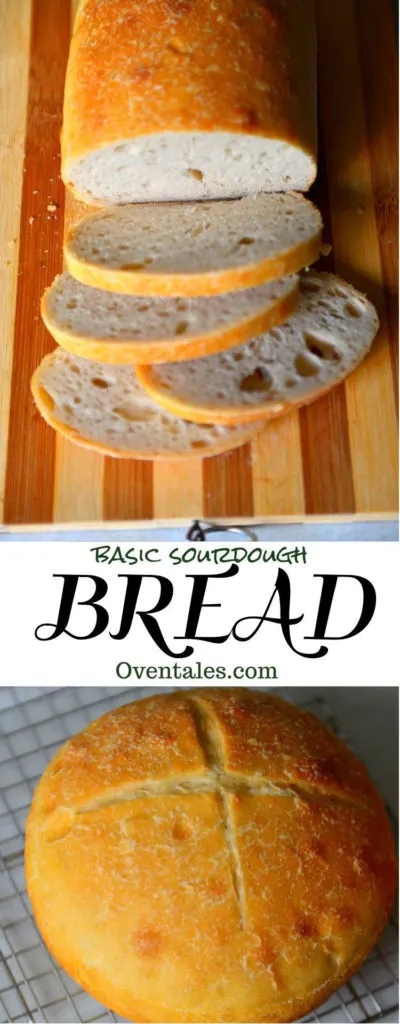
Sourdough Bread Additions | Best Recipes Idea Online
Friday 17th of July 2020
[…] Download Image More @ oventales.com […]
Health & Fitness
Thursday 15th of September 2016
Hello.This post was extremely remarkable, especially since I was browsing for thoughts on this topic last Monday.